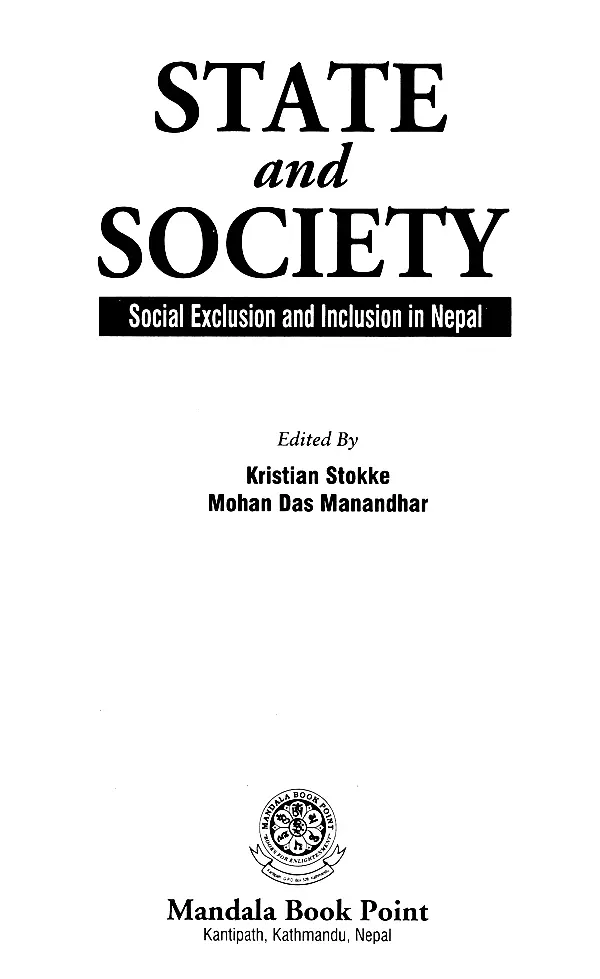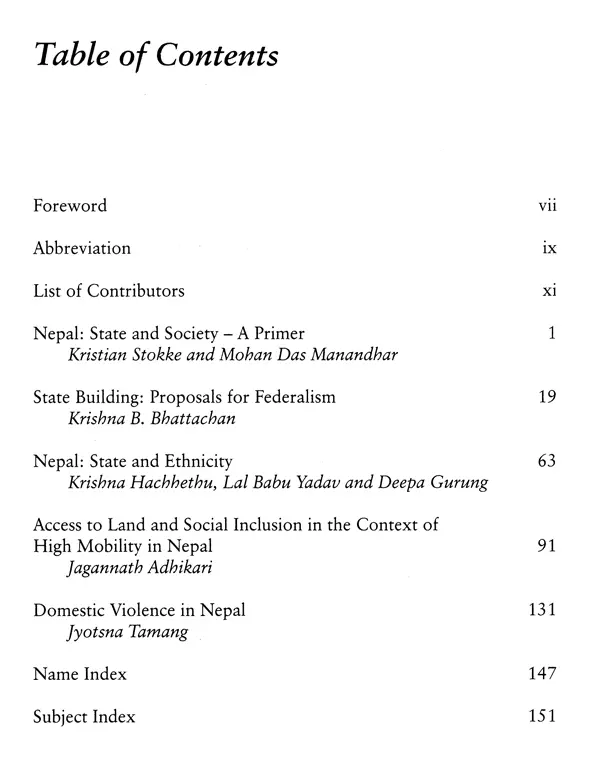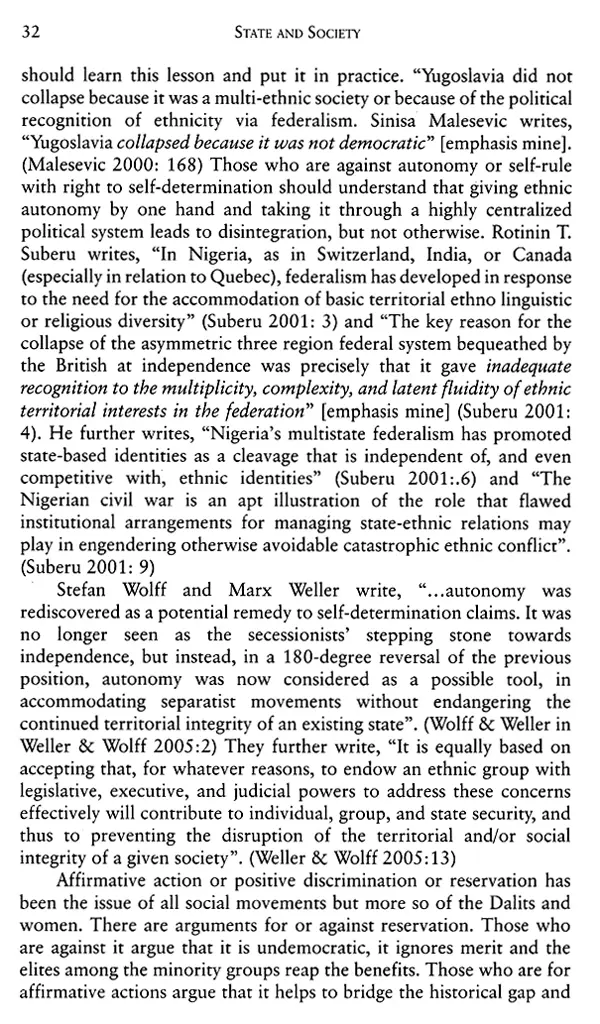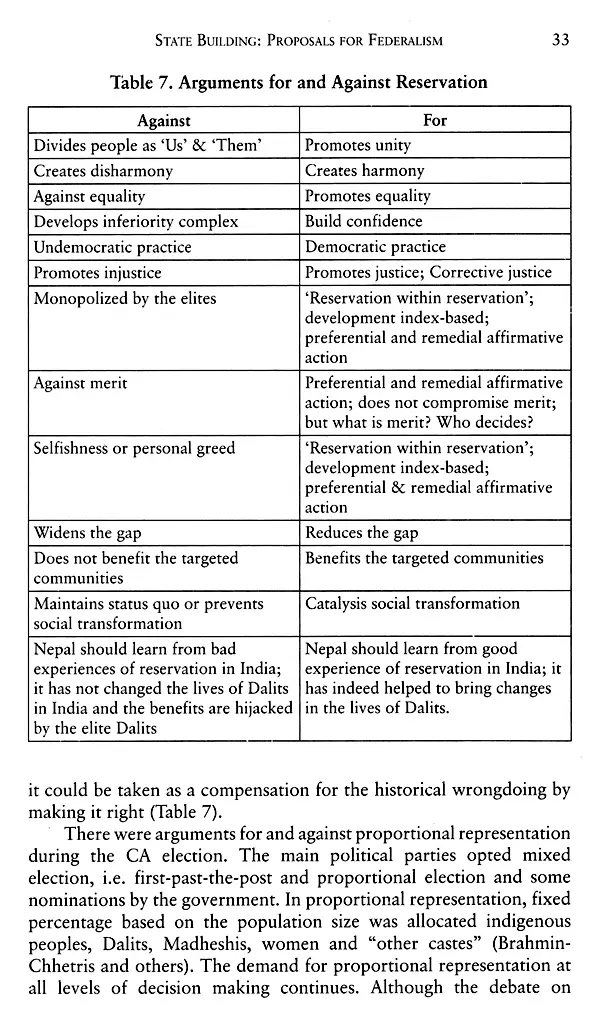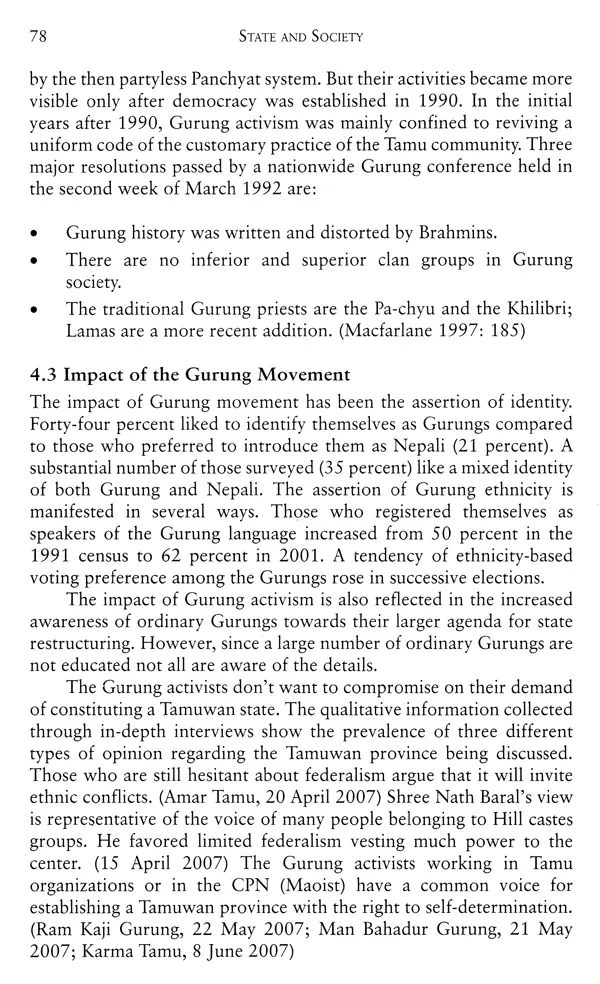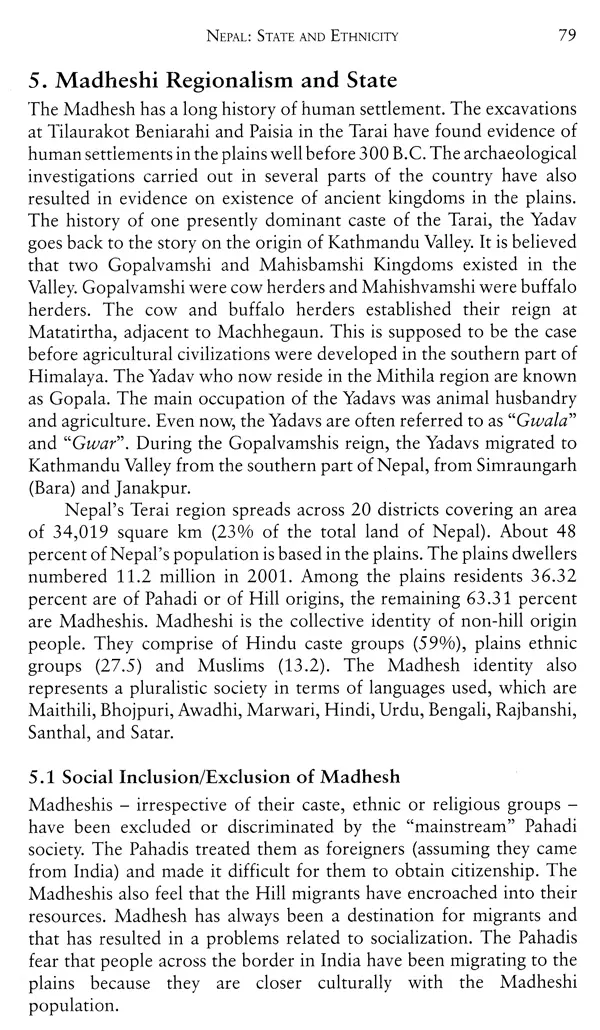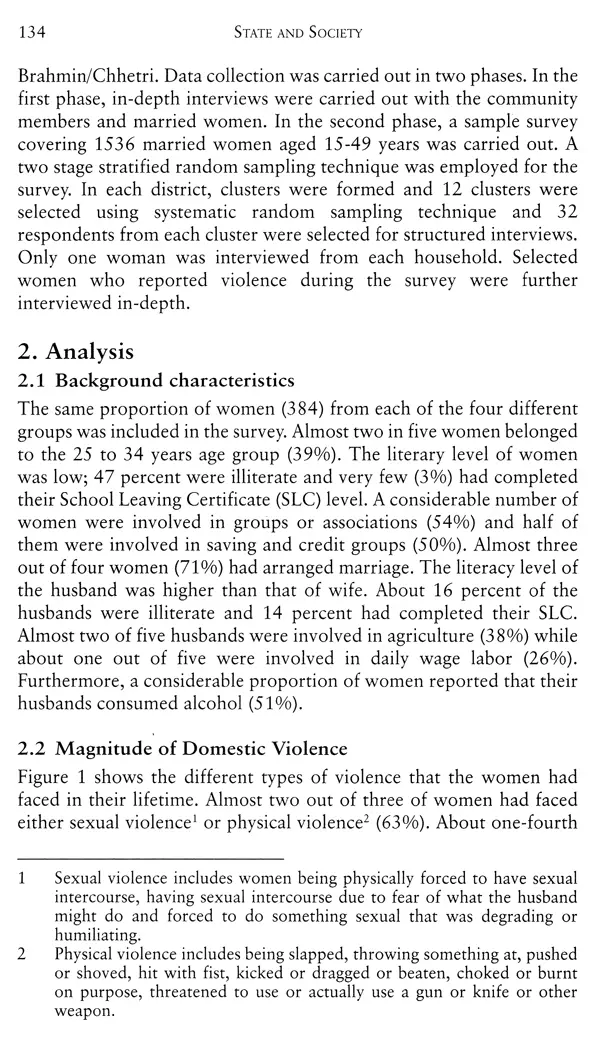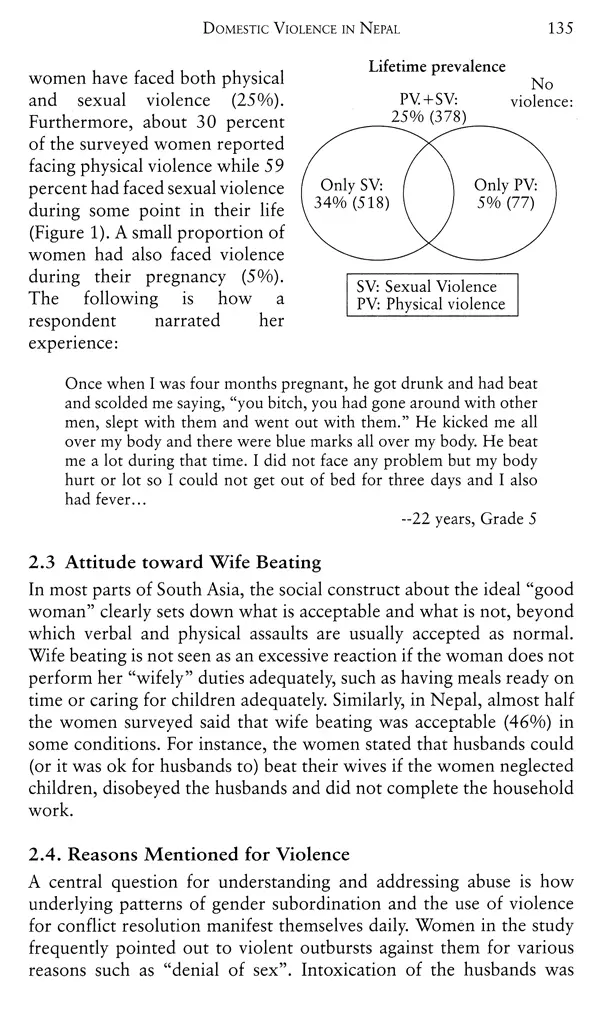
State and Society- Social Exclusion and Inclusion in Nepal
Book Specification
| Item Code: | UAU117 |
| Author: | Kristian Stokke & Mohan Das Manandhar |
| Publisher: | Mandala Book Point, Nepal |
| Language: | English |
| Edition: | 2010 |
| ISBN: | 9789994655137 |
| Pages: | 165 |
| Cover: | PAPERBACK |
| Other Details | 8.50 X 5.50 inch |
| Weight | 220 gm |
Book Description
Social exclusion and inclusion have gained much attention and have been widely debated in recent years. The two concepts clearly illus trate the close but complex relations between state and society. Po litical studies in developing countries were for a long time marked by a duality between state-centred and society-centred analyses, but this polarisation has given way to a convergence around state-society relations. The general emphasis is now on the mutual constitution of state and society; the interaction between the state, as an ensemble of context-specific institutions and practices, and civil society, as a diver sity of collective actors and strategies in regard to different political spaces.
The Social Inclusion Research Fund (SIRF) has been supporting research on social exclusion/inclusion in Nepal since 2005. The Fund seeks to produce high quality and critical research on causes of social exclusion in Nepal and ways to accommodate and manage diversity, make social science research more relevant to the excluded and disadvantaged groups and their agendas, and ensure that research more effectively contributes to policy and public debate and a deliberative democratic process.
This publication entitled "State and Society: Social Inclusion and Exclusion in Nepal" examines the role of state-society relations for social exclusion and inclusion in Nepal.
The book is a collection of five articles of which three are summaries of SIRF-supported research. The fourth write-up is a contribution by Krishna Bhattachan, a Nepali social scientist, and it explores the exclusion/inclusion discourse in the context of constitution making and state restructuring processes underway in Nepal. Among the other articles, one by Krishna Hachhethu explains the relationship. between the Nepali state with different social groups based on the experiences of the Gurung and Madheshi study populations.
Book's Contents and Sample Pages
